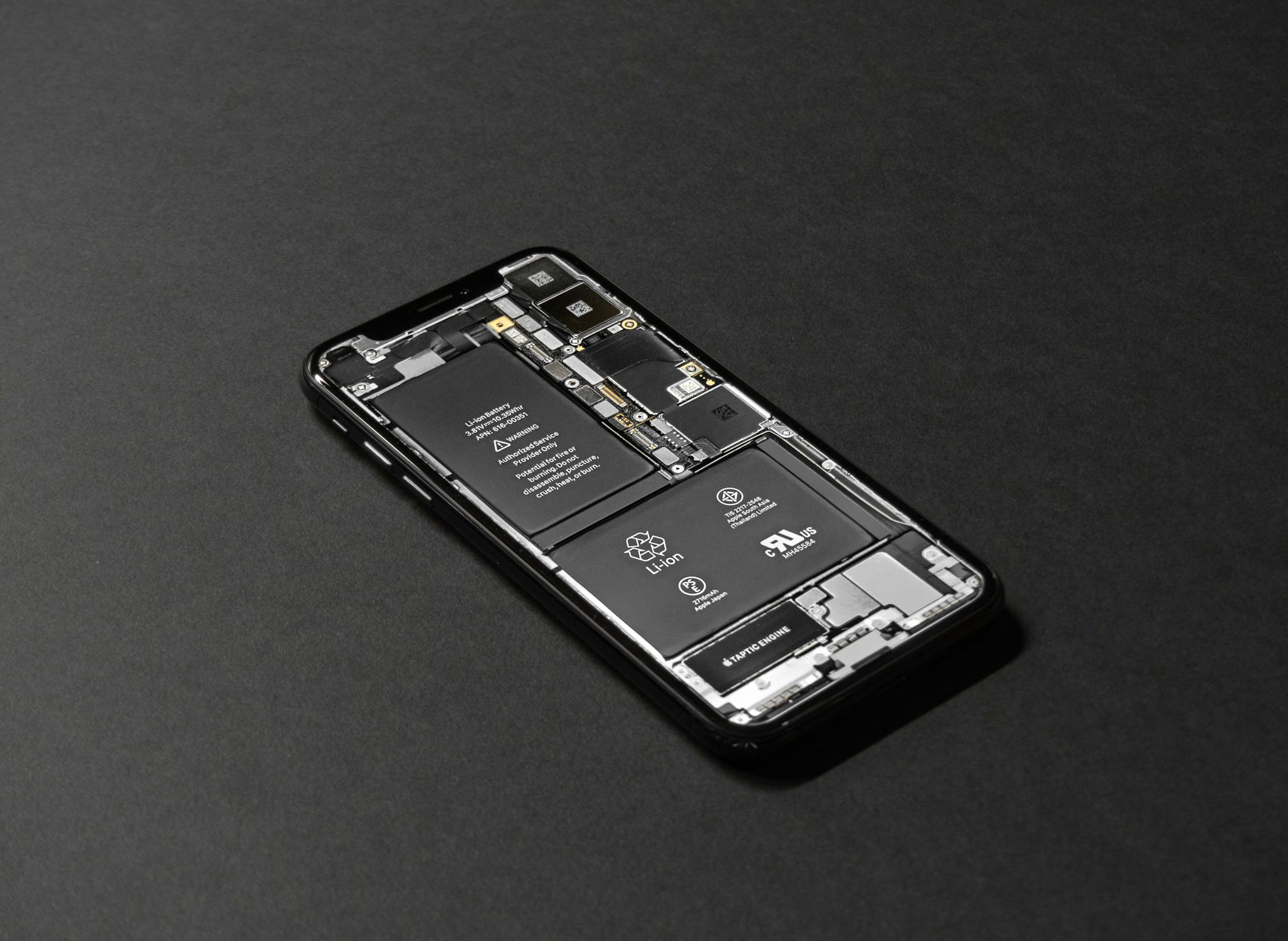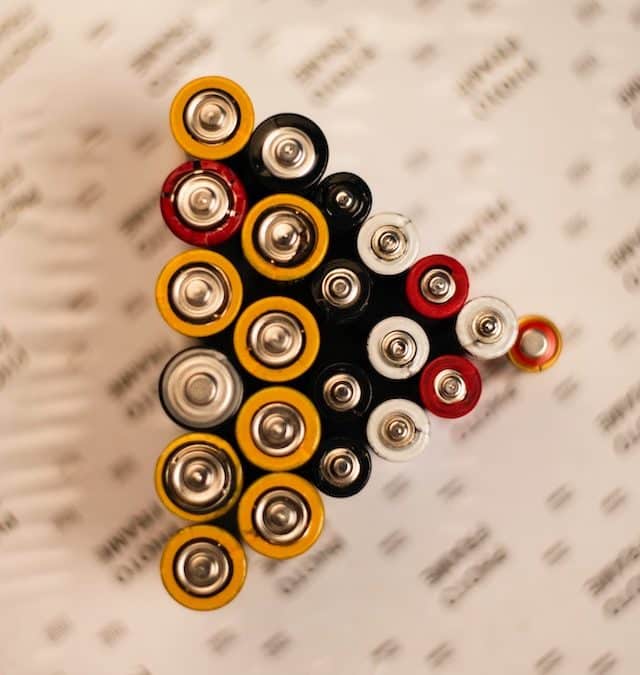Think about batteries for a moment. Where would anyone in the modern world be without them, right? Engineering and environmental experts are sharing their tips on how to treat the batteries you own the right way for optimum use now and in the future. The important thing to remember is that there are all kinds of battery types, which means that they are unique regarding proper storage and disposal.
Ordinary Batteries
Batteries come in all sizes and operate differently, from kids’ toys to adults’ cars and trucks. For example, almost every person on the planet has a stash of ordinary batteries in the home. These would include regular alkaline, manganese, and carbon-zinc batteries.
To get the longest life out of these battery types, it is recommended that you store them in their original packaging or place them in a plastic container in a cool location with low humidity. Do not keep your batteries inside your items or equipment, and always align them in the same direction. This will prevent damage to your devices in the event that the batteries leak or corrode.
When an ordinary battery is dead, you can dispose of it in the trash. It is not considered hazardous waste.

“Universal Waste” Batteries
Batteries in such equipment as emergency lighting, security systems, alarms, and exit signs all require nickel-cadmium (Ni-Cd) and small sealed lead-acid (SSLA) rechargeable batteries to run efficiently. These batteries are pricey, but rechargeable are called “universal waste” batteries. According to the Environmental Protection Agency or EPA, these types need to be recycled.
To prepare for recycling, it’s suggested you tape the terminals of the battery or place a single battery in a plastic bag.
Ni-CD and SSLA batteries can be dangerous for the environment if they’re not disposed of correctly. They can leak, be vaporized and carried on the wind, or even leached from incinerator waste. These batteries contain lead and/or cadmium, which are also bad for your health when breathing them in.
Lithium-Ion Batteries
Today’s sophisticated technological advancements have given way to the powerful group of batteries known as lithium-ion. This rechargeable battery type has revolutionized portable electronics for consumers and much more. These days, lithium-ion batteries are used in a variety of military, electric vehicles, and aerospace applications because of their high energy density.
One problem that can occur, however, is that of thermal runaway. Scientists describe it as a phenomenon in which the lithium-ion cell enters an uncontrollable, self-heating state. When this occurs, batteries can explode and cause fires.
The best way to avoid this chain reaction is to store lithium-ion batteries at safe temperatures. The ideal storage temperature for this battery type is recommended between 40-70 degrees Fahrenheit or 5-20 degrees Celsius.
Ventilating the battery compartment is another way to safely store lithium-ion batteries. Also, not overcharging the battery will help to avoid an electrochemical reaction.

Special Handling
When it comes time to discard a lithium-ion battery, it cannot be thrown together with regular flammable or plastic trash because the battery might ignite in a garbage truck or an incinerator, causing a fire hazard.
The only safe way to recycle a lithium-ion battery is to have it processed by a qualified electric and electronic recycling center. Or contact the manufacturer when you need to dispose of a lithium-ion battery. Some manufacturers will introduce a reliable industrial waste collector to you.
Closing Thought
Many of today’s favorite modern devices, equipment, and vehicles all use batteries. Knowing the differences in their special technologies and power for safe storage and proper disposal is essential.

